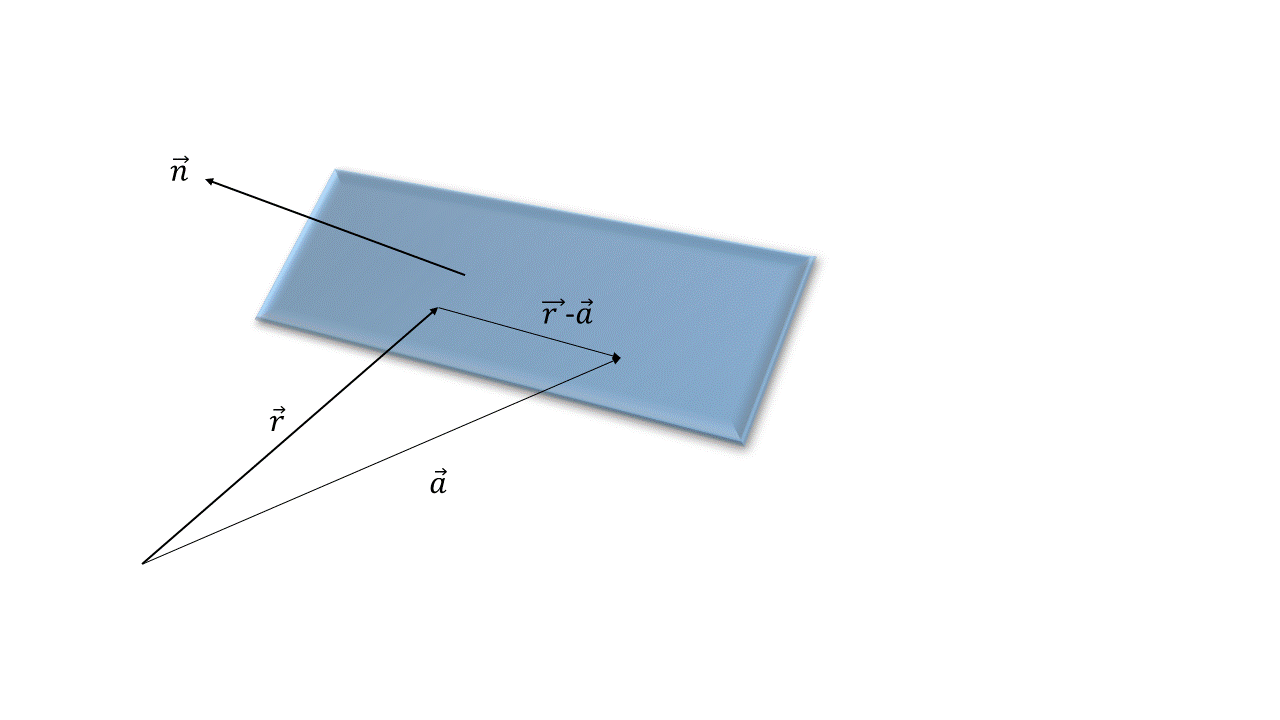Note: some of the detailed working is omitted and left for the reader to verify themselves.
Let us recap the eqn of a plane in vectors

the eqn of a plane is
#(vecr-veca)*vecn=0#
or equivalently
#vecr*vecn=d#
#vecn=#normal vector to the plane( ie perpendicular)
#veca= # a known position vector on the plane
#vecr=((x),(y),(z))#the general position vector on the plane
we have point #P(5,-1,4)#
#:.veca=vec(OP)=((5),(-1),(4))#
the real problem is finding the normal vector, which is perpendicular to both the planes given.
firstly let us find their respective normals
#Pi_1:x+y-2z-3=0#
#=>vecr*((1),(1),(-2))=3#
#:.vec(n_1)=*((1),(1),(-2))#
similarly for plane 2
#Pi_2:2x-3y+z=0#
#vecr*((2),(-3),(1))=0#
#vec(n_2)=*((2),(-3),(1))#
to find a vector perpendicular to both these normal we take the cross product
#vecn_1xxvecn_2=((1),(1),(-2))xx((2),(-3),(1))#
we find this by using determinates
#vecn=vecn_1xxvecn_2=|(veci,vecj,veck),(1,1,-2),(2,-3,1)|#
expanding
#vecn=veci|(1,-2),(-3,1)|-vecj|(1,-2),(2,1)|+veck|(1,1),(2,-3)|#
#vecn=-5veci-5vecj-5k#
#vecn=((-5),(-5),(-5))=-5((1),(1),(1))#
so a vector perpendicular to both the given planes in its simplest form
#vecn=((1),(1),(1))#
we can now find the eqn of the plane
#(vecr-veca)*vecn=0#
#[((x),(y),(z))-((5),(-1),(4))]*((1),(1),(1))=0#
#((x),(y),(z))* ((1),(1),(1))=((5),(-1),(4))*((1),(1),(1))#
#x+y+z=5-1+4=8#
#x+y+z=8#

